
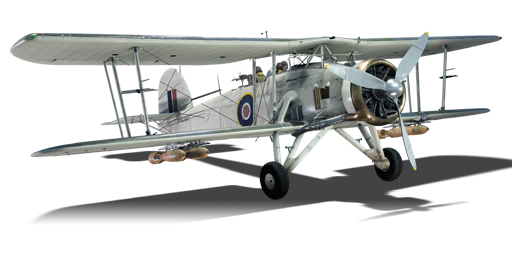

The Swordfish Mk.II is the successor of the Swordfish Mk.I, the primary carrier-based torpedo bomber of the Royal Air Force. Despite being extremely obsolete by the outbreak of the Second World war, the Swordfish remained a crucial asset to the Fleet Air Arm. The Swordfish Mk II was developed as the second iteration of the Swordfish and was first introduced in 1943. It was fitted with a new, metal lower wing section, allowing it to carry rockets on underwing racks. The Swordfish Mk II saw extensive service as a convoy escort, in the Atlantic and in the Arctic. During the course of the Second World War, the Swordfish distinguished itself as a highly reliable reconnaissance and torpedo bomber aircraft. It managed to sink several German submarines and was used to harass Axis convoys.
It was introduced during Update 1.97 "Viking Fury" as a reward for the 2020 "Victory Day" event. The Swordfish Mk II can be helpful for inexperienced players who want to learn how to effectively destroy ground targets using bombs and unguided rockets. This is due to its low speed and excellent manoeuvrability, which make it easier for new players to aim and target ground units accurately. The Swordfish Mk II is an improved version of the Fairey Swordfish biplane torpedo bomber. It is equipped with eight underwing pylons that allow it to carry the AP Mk I rocket and the famous RP-3 rocket.
flaps
flaps
flaps
brake
control
| Belt | Belt filling | Armor penetration (mm) at a distance: | |||||
|---|---|---|---|---|---|---|---|
| 10 m | 100 m | 500 m | 1000 m | 1500 m | 2000 m | ||
| T/AP/IAI/AP/I | 13 | 12 | 7 | 3 | 2 | 0 | |
| T/AP/IAI/AP | 13 | 12 | 7 | 3 | 2 | 0 | |
| T/T/T/AP | 13 | 12 | 7 | 3 | 2 | 0 | |
| I/AP/AP/AP/IAI | 13 | 12 | 7 | 3 | 2 | 0 | |
| Belt | Belt filling | Armor penetration (mm) at a distance: | |||||
|---|---|---|---|---|---|---|---|
| 10 m | 100 m | 500 m | 1000 m | 1500 m | 2000 m | ||
| T/AP/Ball/Ball/I | 13 | 12 | 7 | 3 | 2 | 0 | |
| IT/AP/AP/AP | 13 | 12 | 7 | 3 | 2 | 0 | |
| IT/AP-I/AP-I/AP-I | 13 | 12 | 7 | 3 | 2 | 0 | |
| Name | Weight | Slot | ||||||
|---|---|---|---|---|---|---|---|---|
| 4 × | 108.8 kg | 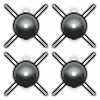 |  | |||||
| 4 × | 172.4 kg | 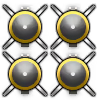 |  | |||||
| 104.3 kg |  |  |  |  | ||||
| 104.3 kg |  |  | ||||||
| 213.1 kg |  |  | ||||||
| 222.3 kg | 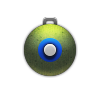 |  | ||||||
| 702 kg | 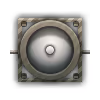 | |||||||







 2 x (25 / 45 / 90) %
2 x (25 / 45 / 90) % 
 2 x 100 %
2 x 100 % 

Flight performance | |
|---|---|
Survivability |
|---|
Weaponry | |
|---|---|